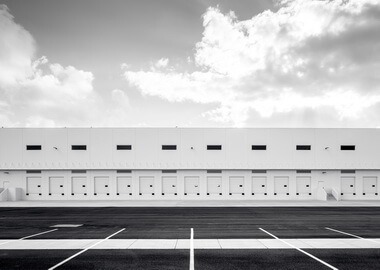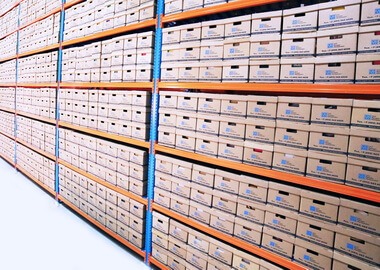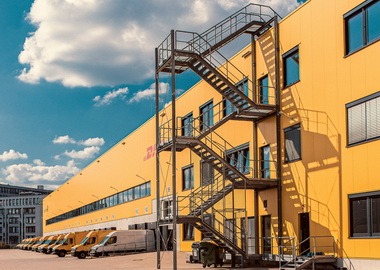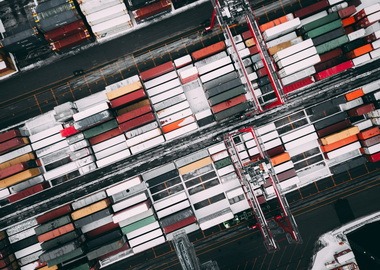Internet of Things for Smart Warehouses
The rise of sales in e-commerce is good news when it comes to revenue reports and a challenge for warehouse managers — as retailers scale and expand, keeping track of large volumes of inventory becomes a demanding task.
To meet the needs of an on-demand shopper, warehouses turn to IoT applications. Global-scale companies like Amazon, DHL, and Alibaba all employ the technology to take inventory management to the next level. In this post, you’ll find out how, apart from other benefits of IoT in transportation and logistics, the Internet of Things streamlines inventory management and get to know what are its applications in day-to-day warehouse management.
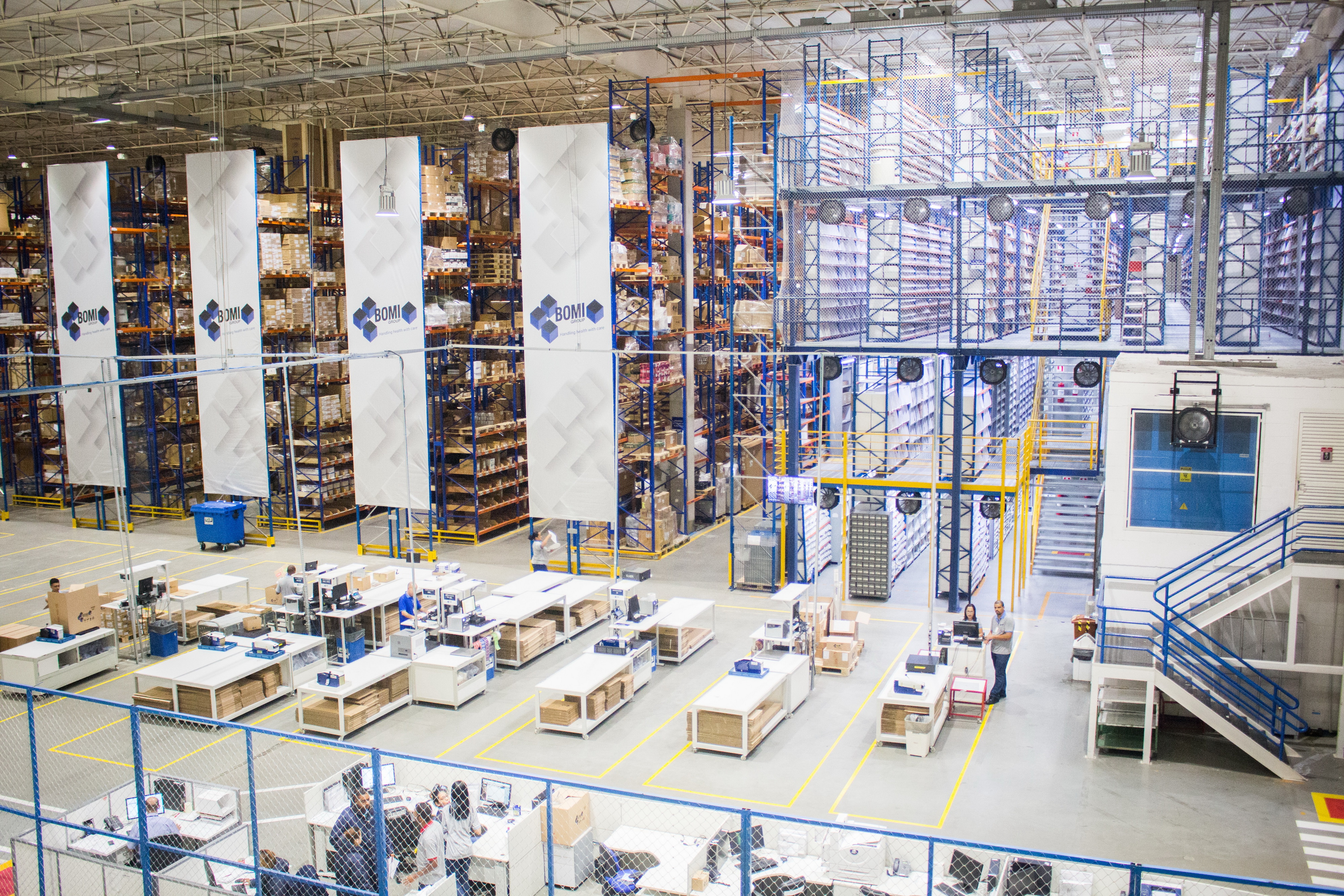
The warehouse is the right platform for launching Internet of Things projects and validating the opportunities of the technology. That’s why there’s a wide range of IoT applications and use cases. Here are the most prominent examples of custom software development for logistics and smart warehousing.
1. Drones
Moving around the warehouse is often challenging for staff. In most cases, an employee would still need a ladder to reach high shelves — such inconveniences reduce the productivity of inventory management and increase the risk of workplace injuries.
Drones come in handy in warehouse management. With IoT warehouse devices, managers will be able to instantly scan any item, record its location, and monitor it in real time. To avoid collisions, it’s better to rotate drones and humans, leaving night shifts to the former and daytime work to the latter.
2. Guided vehicles and robots
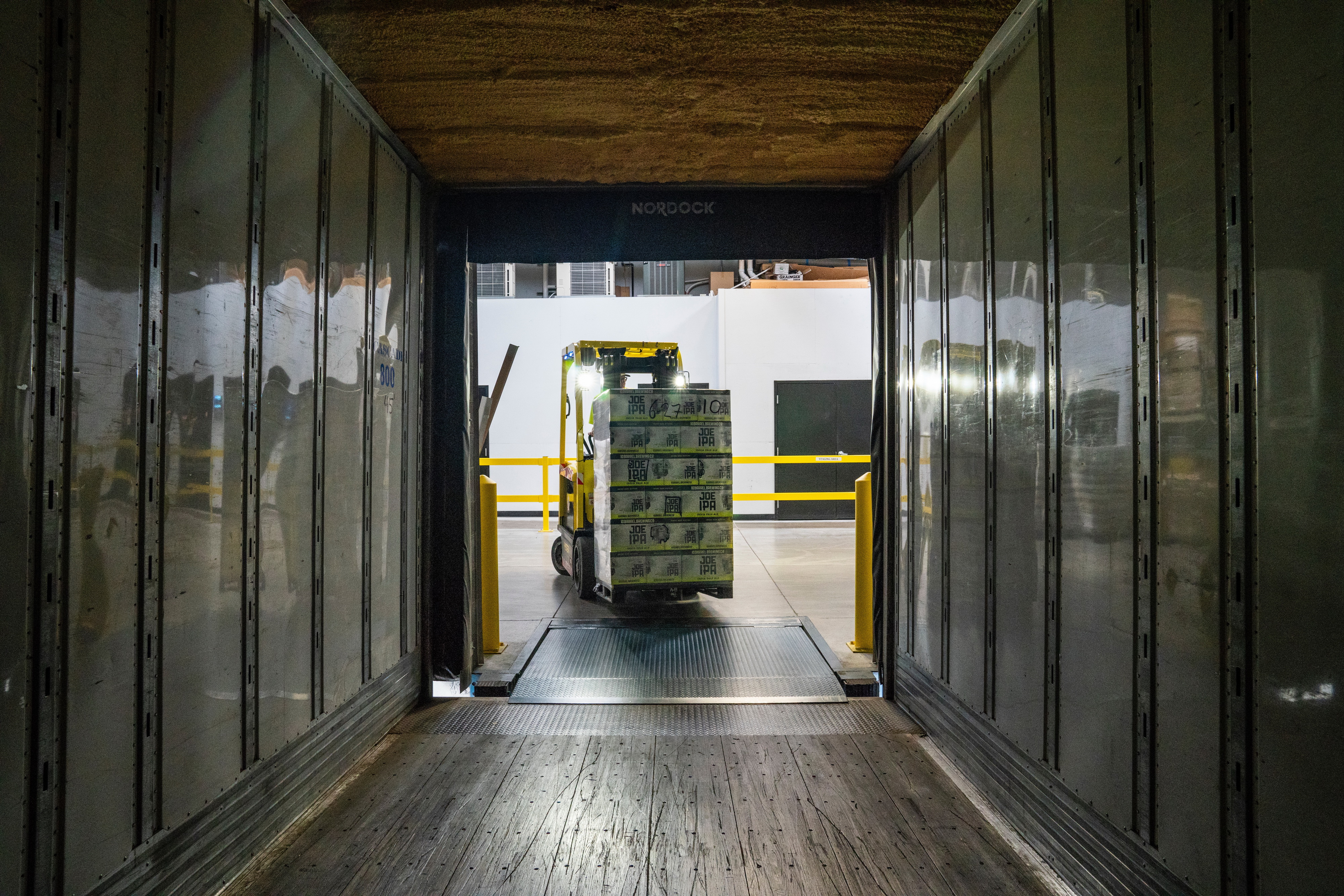
Autonomous technologies are another way to increase warehouse productivity. Automated guided vehicles can calculate the shortest route to any aisle and restock the inventory with no human supervision.
Using AGVs and mobile robots in warehouses is no longer a new thing — Amazon employs over 100,000 robot workers in a smart warehouse using IoT.
Contact Digiteum
3. Blockchain item tracking
Blockchain provides warehouse and inventory managers with instant visibility into how well the product is selling and track its physical location. The technology helps store managers detect theft and manage the inventory more proactively.
Blockchain improves warehouse-related decision-making — store managers will be able to forecast demand based on the data logs the technology is providing them with.
4. Warehouse management systems
A smart warehouse management system (WMS) helps store managers keep track of all inventory-related activities. Such tools are packed with tracking, documentation, and reporting features so managers can be able to manage goods, assess employee efficiency, and do taxes via a single platform.
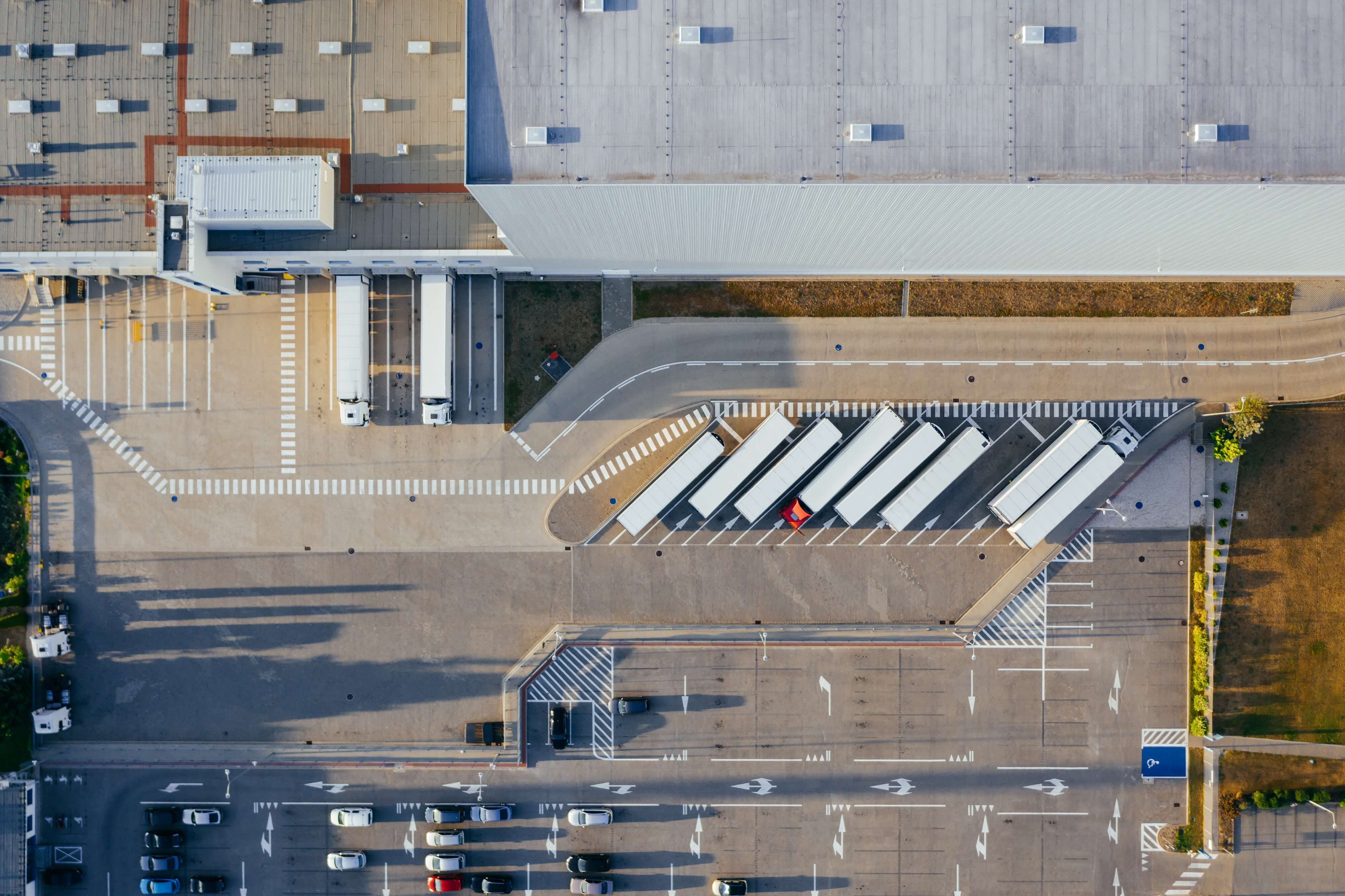
The Internet of Things and other warehouse technology trends are the right means to help store managers connect online experiences with brick-and-mortar shopping.
Over the next couple of years, shoppers can expect faster deliveries, smoother customer journeys, and wider product selections.
Managers have to adapt to growing demands in order for a company to scale successfully. That’s why adopting IoT, cloud-based management systems, and other technologies is no longer optional. Technology plays the chief role in boosting the productivity of the warehouse — here are the benefits it brings to supply chain data management and integration.
- Cheaper and faster delivery. Smart technologies, for example IoT, improve the accuracy of supply chain planning and management. Connected sensors and machine-to-machine communication protocols help warehouse managers get real-time datum at every stage of the supply chain. Other than that, innovations like automated vehicles can calculate the shortest route for product delivery, reducing the amount of time needed to complete the operation, as well as fuel costs.
- Supply chain visibility. The key supply chain players are often dispersed across different countries, the delivery process can span thousands of miles. Under these circumstances, it’s challenging to control every step of the project. Connected platforms help warehouse managers track the state of goods in delivery, the location, and the speed of vehicles. A company owner will be alerted if there’s a maintenance problem or employee safety is endangered.
- Helps fight talent shortage by automating tasks. Considering that unemployment rates are now lower than ever, finding skilled talent is a challenge for warehouse managers. The good news is, with smart technologies, business owners will not need to look for new hires — instead, they will be able to improve the productivity of the current team. It takes around 60 hours to fully train an employee — smart technologies cut the number to 41.2 hours per employee training. Smart glasses and voice-driven guidance platforms help instruct staff without having to interrupt their workdays.
- Prevents damage and goods spoilage. The UN Food and Agriculture Organization states that one-third of all foods perish in transit as supply chain managers fail to create proper storage conditions during transportation and delivery. IoT systems for warehouses and transportation can track and automatically adjust the temperature, atmospheric pressure, moisture, and other properties that could jeopardize the integrity of transported goods. Thus, store managers will cut spoilage-related losses and increase customer satisfaction. Combining intelligent warehouses with smart agriculture systems and the practices of precision farming using IoT, we can significantly increase the efficiency of the whole food supply chain.
- Improves asset management. The Internet of Things increases a manager’s awareness of every single item stored in the warehouse. Thanks to connected sensors and data storage platforms, you will know the location of all goods, get low-stock alerts, be notified if a product is misplaced, and more. Smart technologies will monitor storage conditions and autonomously adjust them. In the case of product theft, store managers are alerted right away, increasing the odds of product retrieval and determining the person responsible for the occurrence.
Read: Benefits of IoT-based smart watering system development in agriculture
In case you are wondering how the Internet of Things can contribute to increasing the productivity of your store’s warehouses, there are dozens of projects that are tested and launched each year.
When designing an IoT-based product, think of the objectives you want to accomplish with the technology. Here are the most common goals managers achieve by implementing the Internet of Things:
1. End-to-end inventory tracking
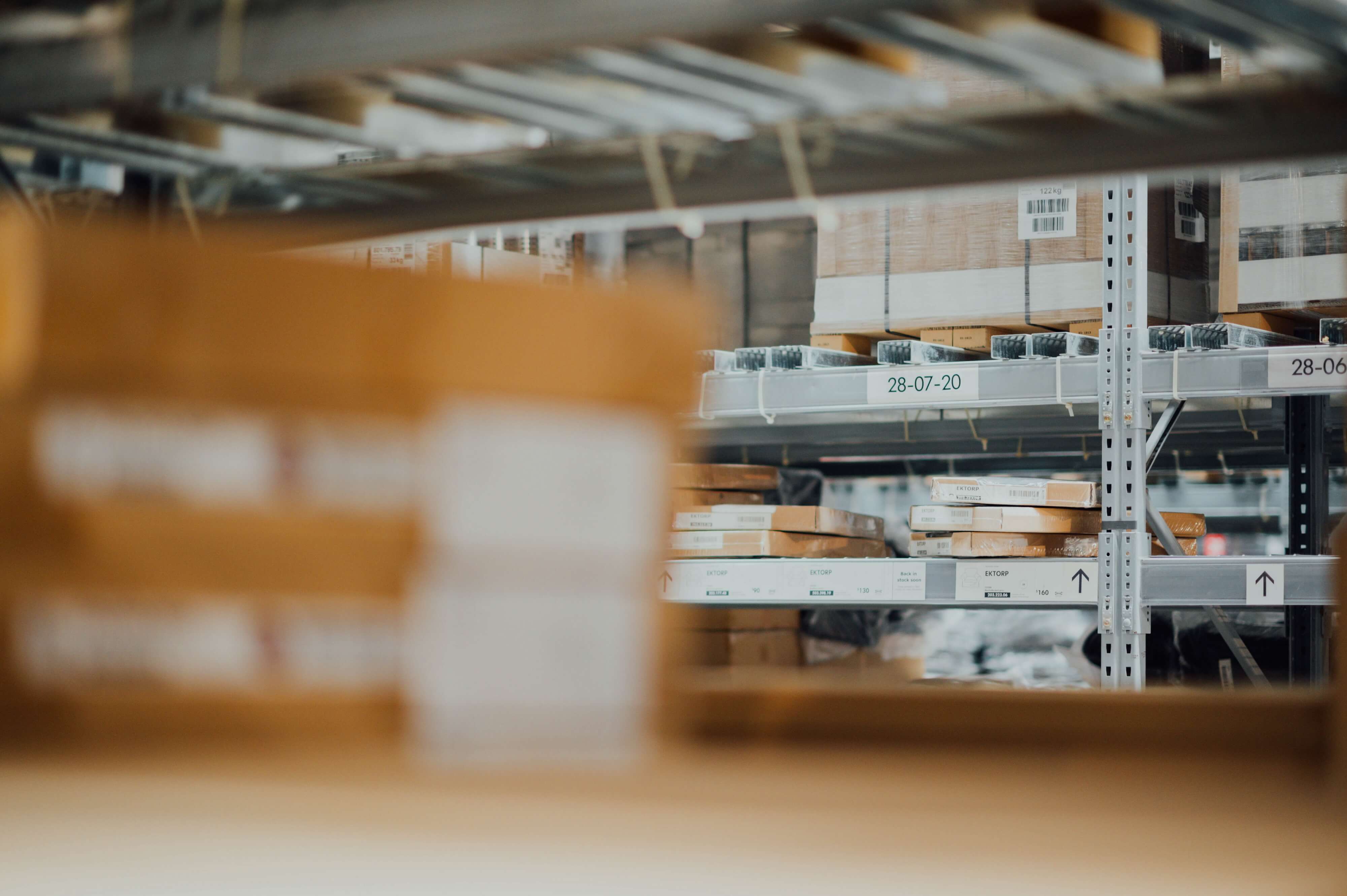
From the product’s arrival to the warehouse to its delivery to a shopper’s doorstep, the manager will be provided with status updates, a location within IoT tracking system for warehouse, and notifications in case of complications.
2. Vision picking
Smart glasses help employees effortlessly pick items and transport them to a different zone in the warehouse. Since connected wearables have intuitive interfaces, learning to use them takes less time than memorizing the location of each type of goods and having to reach it manually. Vision picking systems reduce the number of paper documentation and track product lots automatically, thus increasing the productivity of the warehouse.
3. Automated tasking
Tasks, like picking and packing, are monotonous and tiresome — thus, the odds of human error are higher than in more demanding tasks. IoT and smart warehouse technologies help automate repetitive assignments and allocate the workforce more efficiently. By introducing IoT to the warehouse, store managers will be able to reduce order inaccuracies and inventory damage.
4. Data analytics
Despite the wide range of connected devices, the true value of the Internet of Things in warehouse management lies in processing and analyzing collected data. Connected data analytics systems are widely used in warehouses to ensure safety. An IoT-enabled platform can, for instance, monitor the warehouse floor by gathering the information provided by sensors and alert a store manager in case of anomalies.
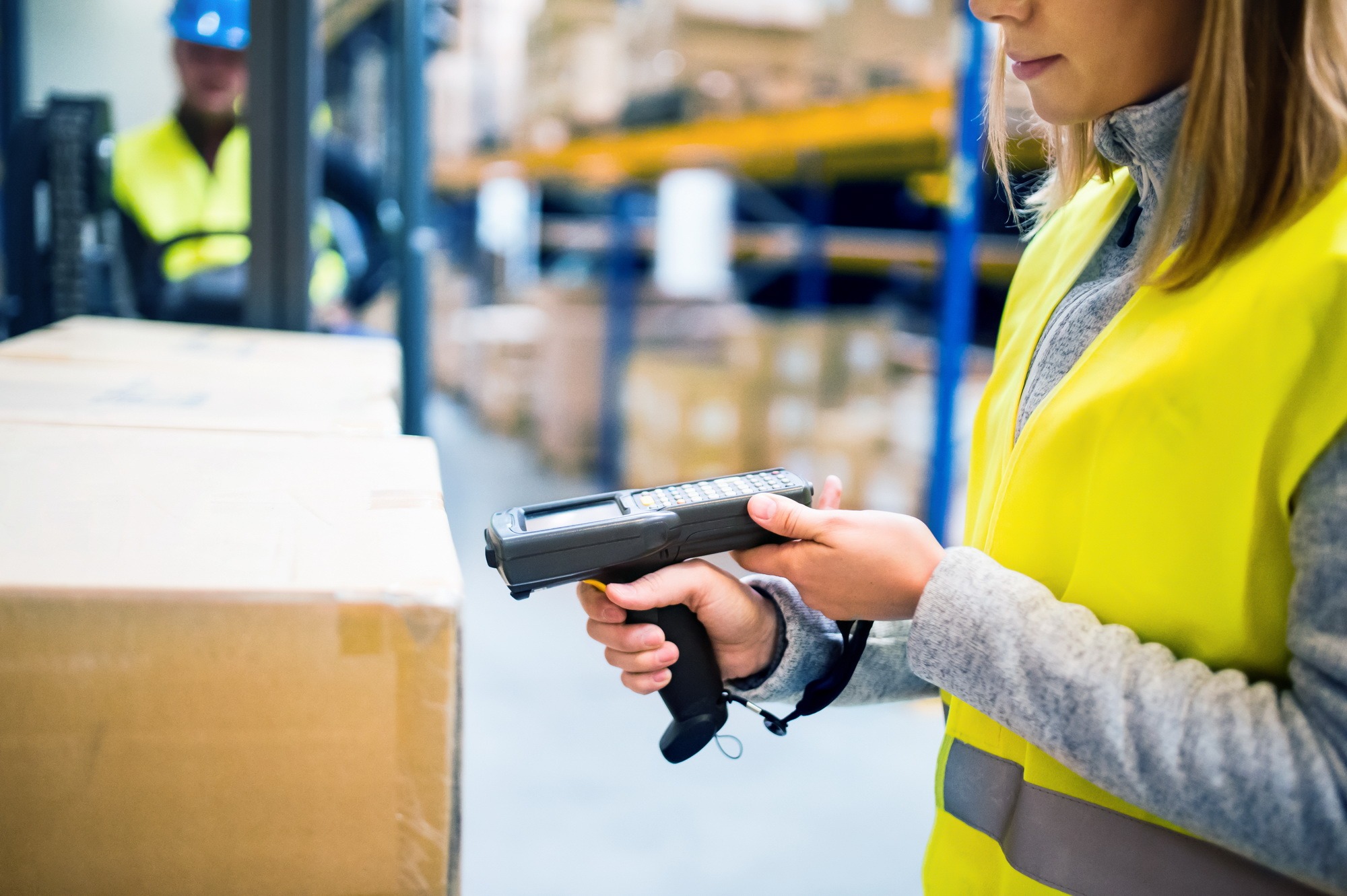
In the last decades, using the Internet of Things for warehouse management became more than a promising concept — companies started implementing sensors, RFID tags, device-to-device communication, and other forms of connectivity to manage daily tasks.
As of now, there’s no lack of successful warehouse IoT applications in warehouse management. Here are a few that, in our opinion, are the most rewarding ways to leverage the full potential of the innovation:
- RFID technology in IoT. RFID tags can store considerably larger data volumes than barcodes. That’s why they provide managers with more information on every lot — its size, manufacturer, expiration date, serial number, production line, and so on. An average RFID reader has a higher speed than the one for barcodes and can scan up to 200 tags at once.
- IoT-integrated management systems. IoT for warehouse tools are a cut above traditional ERP (Enterprise Resource Planning) systems. Instead of gathering inventory data manually, staff members can outsource the task to a range of connected sensors or RFID tags. The data is then stored on a cloud-based platform, processed and analyzed. Finally, a user sees condensed inventory or other warehouse-related data in a clear way via a visual dashboard.
- Wearables. By using connected devices, warehouse workers can instantly identify products and packages. Wearables will track the accuracy of staff product picking to assess the efficiency of corporate training and keep track of employees’ individual performances. Other features include a heartbeat and vitals monitor that help ensure employees are not exhausted at work.
- Sensors help warehouse managers maintain better control over the merchandise inside the warehouse and out. By integrating them into the supply chain, managers will be able to track goods on every stage of delivery and monitor temperature and humidity inside the truck. Light motion, humidity, and temperature sensors are all widely used by store managers. Adopting sensors that would track drivers’ vitals is another proactive way to neutralize supply-chain-related risks.
Contact Digiteum
If you are wondering whether the Internet of Things is worth implementing in the warehouse, here are the reasons to consider embracing the technology as soon as possible:
- Improved transparency. Supply chain transparency is not only a way to streamline internal operations, but a powerful strategy of connecting with customers as well. IoT allows store managers to collect warehouse and supply chain data in real-time and share it with customers. This way, a shopper will not be disappointed if a wanted product is unavailable — a system will also send a notification once a store is restocked.
- Improved last-mile delivery. Last-mile delivery covers over 30% of all delivery costs due to the high reliance on traffic, drivers’ skills, and fuel costs. With the Internet of Things, delivery trucks can collect orders more efficiently, fully using all the available space.
- Predictive maintenance. A predictive maintenance system detects the early signs of equipment malfunctions, allowing store managers to prepare spare machinery and avoid downtime. The Internet of Things enables reducing downtimes and machine repair expenses, facilitating warehouse management considerably.
- Real-time product tracking. IoT solutions for warehouse management provide real-time data on product locations, transportation conditions, the integrity of packaging, and so on. Thanks to instant updates, store managers can ensure no inventory is lost during transportation and ensure that supply chain vendors are managing deliveries responsibly.
- Higher employee productivity. IoT platforms help staff get instant, on-demand assistance — this way, they can perform a higher number of tasks per day. Connected devices help navigate the warehouse, prioritize tasks, and identify the right packages.
When implementing IoT solutions in warehouses, consider taking pointers from industry leaders that have already launched connected applications. Here are the top cases of global IoT adoption:
1. Amazon Warehouse Automation
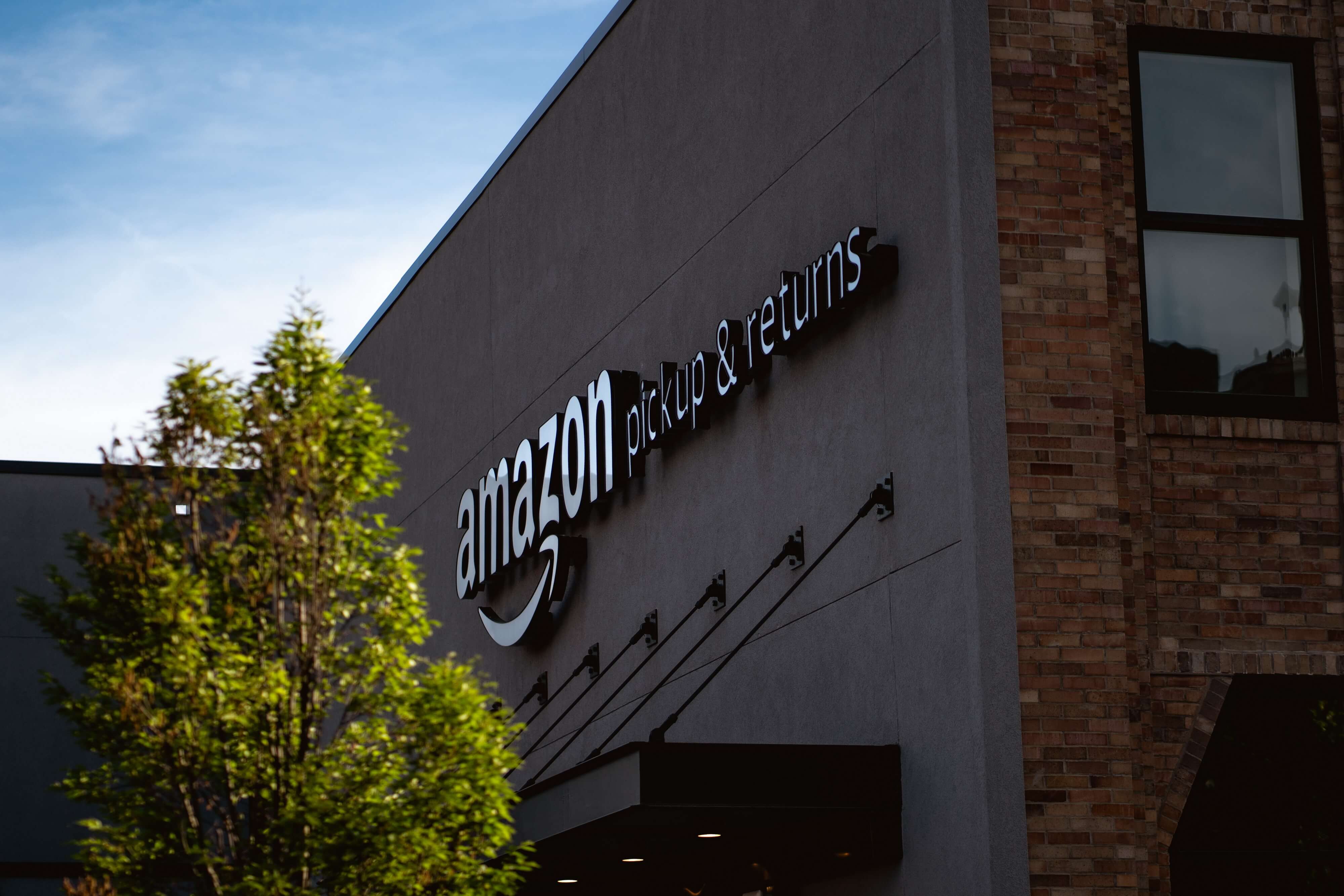
Amazon has recently launched a semi-automated warehouse, where robots work alongside human employees. Basic tasks, like moving packages around or scanning barcodes, are outsourced to technology. Sorting through packages and moving objects of complex shapes (bottles, for instance) is still a part of human jobs.
Amazon’s automated warehouse employs over 400 robots and hundreds of human employees — neither are short of tasks to perform.
To deal with bottlenecks on ‘The Singles’ Day’, the company’s global shopping fest, Alibaba launched a fully robotic warehouse in 2018. There are over 700 guided robots designed to transport parcels across the place and deliver goods to delivery trucks.
According to the president of the e-commerce giant, maximizing the benefits of IoT in retail industry and fully automating a warehouse helped save a ton of time and ensured faster, error-free product deliveries.
A popular, online-only British grocery store uses connectivity to automate basic warehouse activity. The company uses simple bots to automate basic tasks — moving goods around and lifting them up. For the company, using space efficiently is a top priority.
That’s why developing algorithms that can lift boxes higher than a human is capable of has been Ocado’s priority. The inventory processes over 60,000 orders per week and is active 24/7.
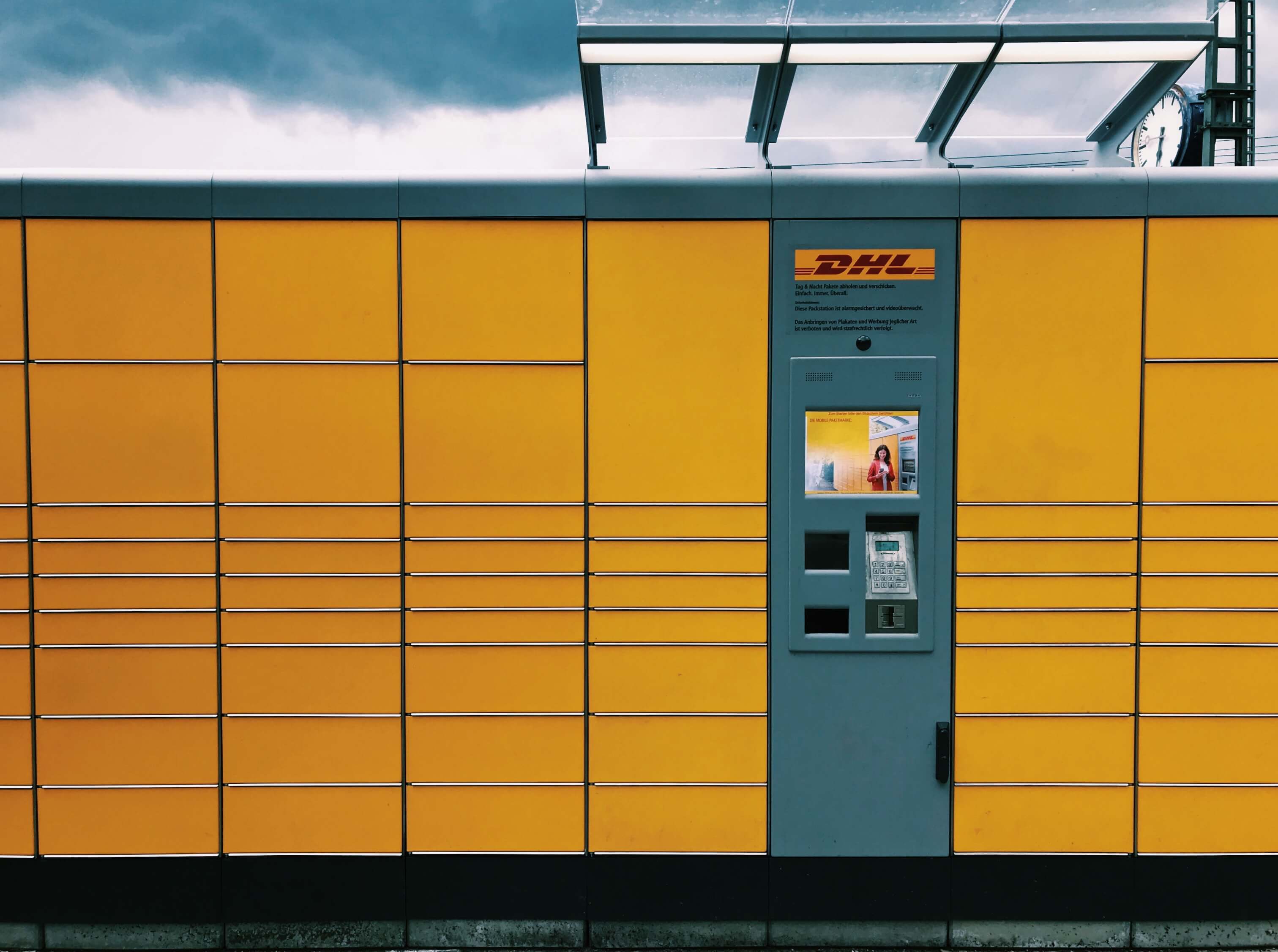
DHL has piloted a range of innovations at its warehouses. The company uses smart glasses, robots, drones, autonomous vehicles, and so on. With constant visual support, it’s easier for a worker to identify products and sort through parcels.
Recently, DHL has teamed up with Cisco to create a platform that would monitor supply chain activities in real-time — the project is still in development.
Warehouse management encompasses a wide range of activities across various locations. Aside from inventory monitoring, managers have to oversee the supply chain, fill in the financial documentation, and fight the talent shortage.
The Internet of Things helps business owners heighten the security of warehouses, track the location of goods, detect the warning signs of weather changes and equipment malfunctions. You will be able to streamline internal operations and update customers efficiently.
To create a warehouse management application or integrate other Internet of Things supply chain solutions into your business process, you need to find a reliable IoT development company with relevant tech and industrial experience. Our design and development teams have worked and delivered applications for warehouse management. We have a rich set of skills and a wide tech stack and are well-equipped to develop complex software systems and infrastructures. Take a look at our portfolio to learn more. Contact Digiteum and tell us about the IoT software for smart warehouse management you need to build.
Contact Digiteum


